Tutorial: Manipulate branch¶
The goal of manipulate_branch.py is to manipulate a specific branch of a
vascular model, either through pure translation and rotation, or by completely removing it, as depicted in Figure 1.
In particular, we have defined a branch as any branch branching out of the longest tubular structure,
defined by the physical length of the tube.
The manipulation can be achieved by running morphman-branch in the terminal, followed by the
respective command line arguments. Alternatively, you can execute the Python script directly,
located in the morphman subfolder, by typing python manipulate_branch.py. We have also created a
demo folder where we show how to run this tutorial from a Python script, please check out the code from GitHub to
run the demos.

Figure 1: An illustration of the desired output from the method.
In this tutorial, we are using the model with ID C0002 from the Aneurisk database. For the commands below we assume that there is a file ./C0002/surface/model.vtp, relative to where you execute the command.
When using morphman-branch, there are five main settings which can be provided by the user:
branch_number: With branches ordered from 1 to N from upstream to downstream relative to the inlet, this number determines which branch is to be manipulated.branch_loc: The point on / closest to the surface, where the selected branch will be placed.polar-angle: How many degrees the manipulated branch will be rotated around the surface tangent vector, here denoted \(\theta\).azimuth-angle: How many degrees the manipulated branch will be rotated around the surface normal vector, here denoted \(\phi\).clamp-branch: Either True or False, determining whether or not to clamp the selected branch to its endpoint.remove_branch: Either True or False, determining whether or not to remove the selected branch.translation_method: Flag which determines which method of translation to use. If no_translation is selected, the algorithm will only perform rotation.
Shown in Figure 2 is the result of moving the ophthalmic artery of the vascular model to another part of the surface.
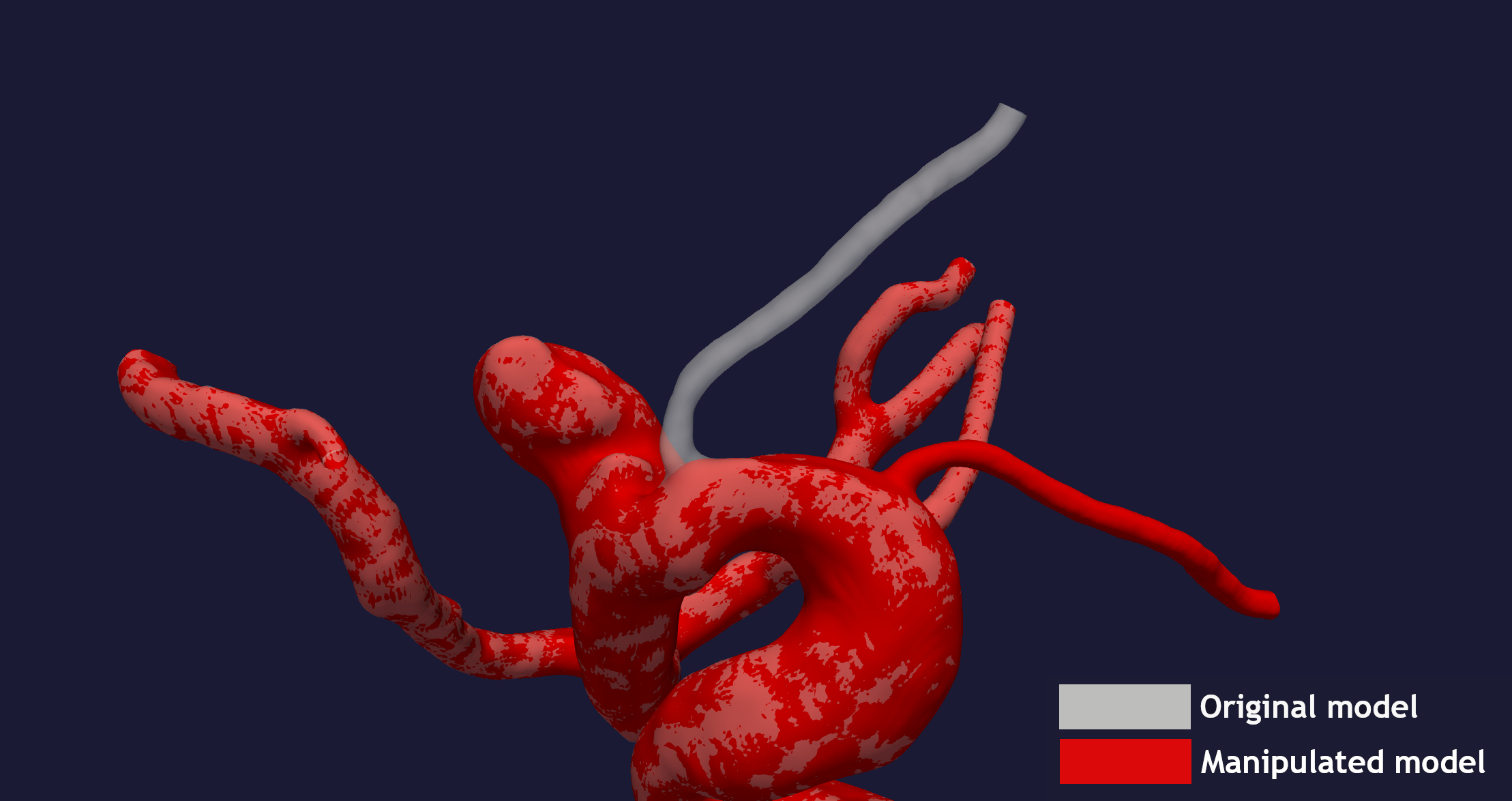
Figure 2: Translation and rotation of the opthamlic artery, causing it to appear elsewhere on the vascular surface model.
To reproduce the surface model where the ophthalmic artery has been moved, as shown in Figure 2, run:
morphman-branch --ifile C0002/surface/model.vtp --ofile C0002/surface/moved_branch.vtp --branch-number 1 --branch-location 21.7 18.1 25.9 --translation-method commandline --poly-ball-size 250 250 250
As explained earlier, setting the branch-number equal to 1 corresponds to the first branch out of the main tube, in this case the ophthalmic artery of the ICA model.
Shown in Figure 3 is the result of moving the ophthalmic artery of the vascular model to another part of the surface, including a second azimuthal rotation around the new surface normal vector, which ranges \(\phi \in [0, 2 \pi ]\).
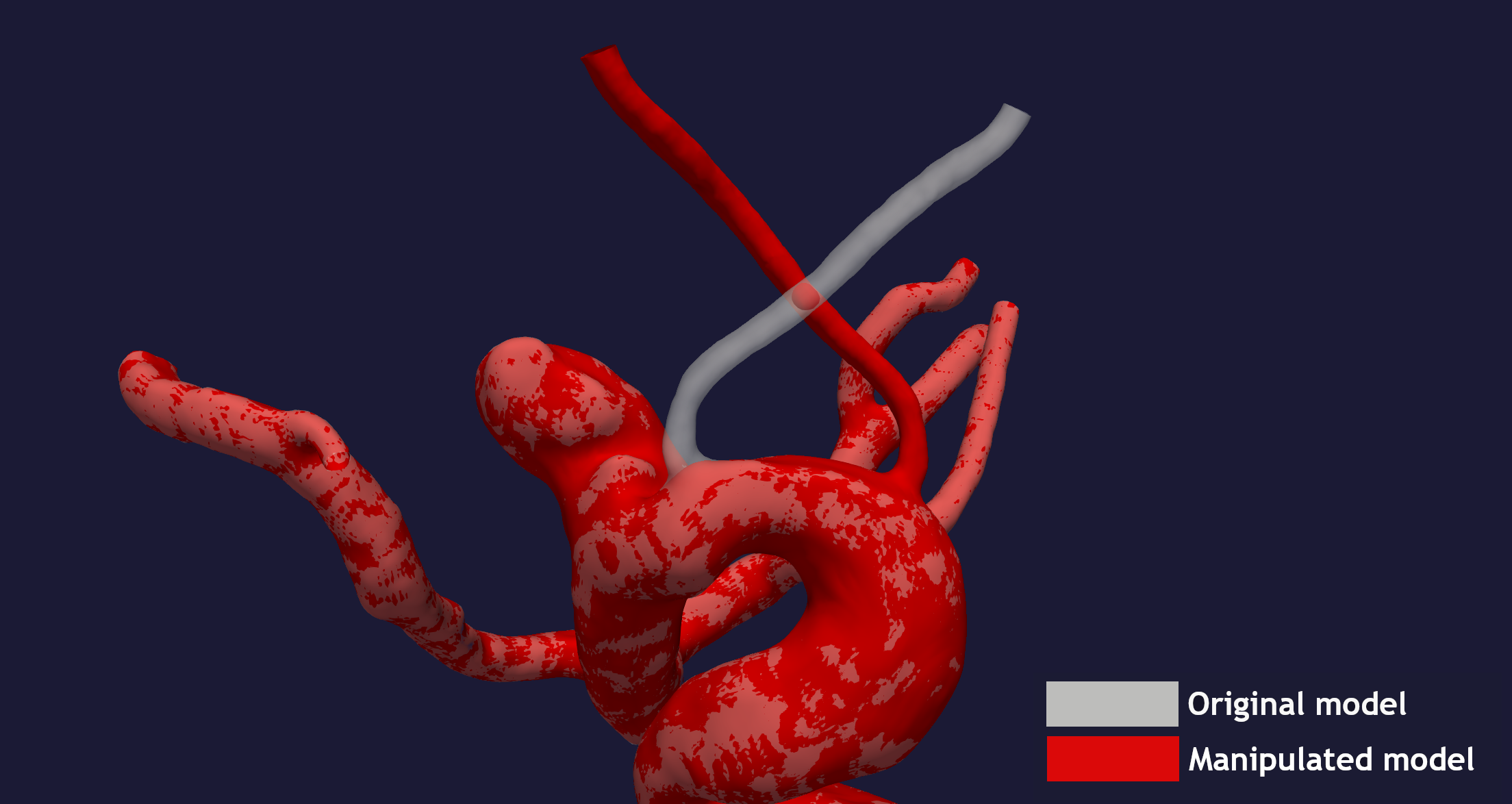
Figure 3: Translation and rotation of the ophthalmic artery, followed by azimuthal rotation around the new surface normal vector.
To reproduce the surface model where the ophthalmic artery has been moved and rotated, as shown in Figure 3, run:
morphman-branch --ifile C0002/surface/model.vtp --ofile C0002/surface/moved_and_rotated_branch.vtp --azimuth-angle 180 --branch-number 1 --branch-location 21.7 18.1 25.9 --translation-method commandline --poly-ball-size 250 250 250
Notice how the azimuth-angle setting is given in degrees, although converted to radians in the main algorithm.
The model can alternatively undergo pure rotation at the original position of the branch to be manipulated, by setting the
--translation-method flag to no_translation and providing any \(\theta > 0\) or \(\phi > 0\).
We have provided an example of pure azimuthal rotation around the base of the branch in Figure 4, where the
ophthalmic artery has been rotated 120 degrees from its initial angle, \(\phi = 120\).
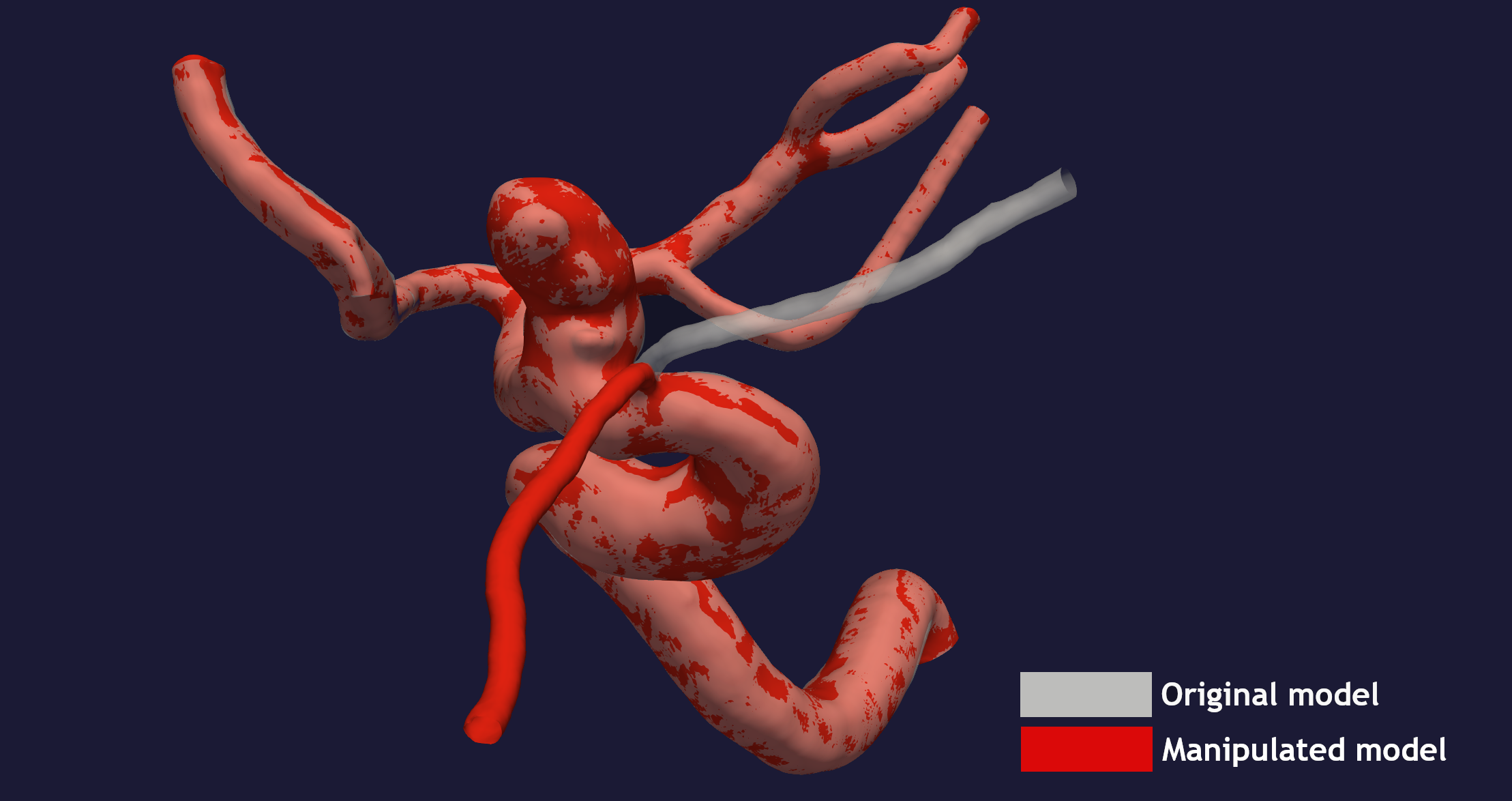
Figure 4: Azimuthal rotation of the opthamlic artery, around its initial position.
To reproduce the surface model where the ophthalmic artery has been rotated, as shown in Figure 4, run:
morphman-branch --ifile C0002/surface/model.vtp --ofile C0002/surface/azimuth_rotated_branch.vtp --translation-method no_translation --azimuth-angle 120 --branch-number 1 --poly-ball-size 250 250 250
We have also provided two example of pure polar rotation around the axis approximating the surface tangent vector, shown in Figure 5. The example is performed for rotations with \(\theta = 20\) and \(\theta = -20\), respectively.
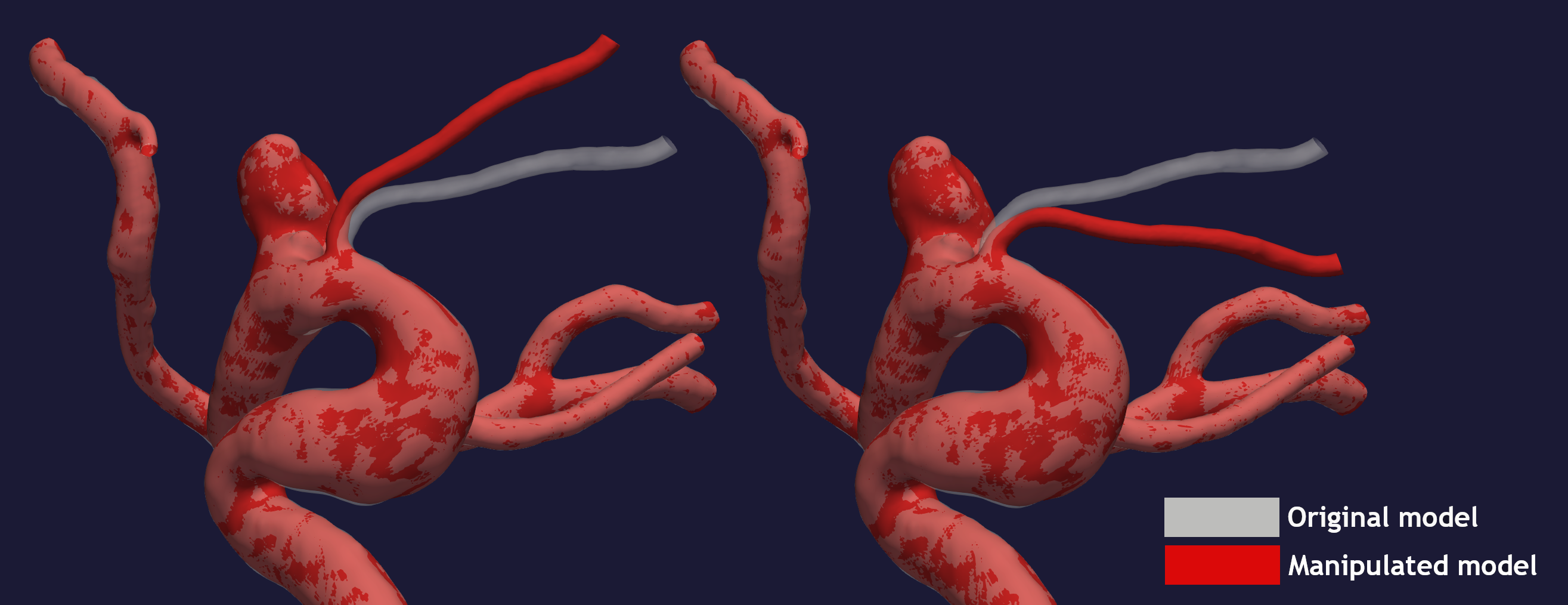
Figure 5: Polar rotation of the opthamlic artery, around a surface tangent vector as axis.
To reproduce the surface models as shown in Figure 5, run:
morphman-branch --ifile C0002/surface/model.vtp --ofile C0002/surface/polar_rotated_branch_up.vtp --translation-method no_translation --polar-angle 20 --branch-number 1 --poly-ball-size 250 250 250
morphman-branch --ifile C0002/surface/model.vtp --ofile C0002/surface/polar_rotated_branch_down.vtp --translation-method no_translation --polar-angle -20 --branch-number 1 --poly-ball-size 250 250 250
When translating a branch, the option --clamp-branch allows the user to keep the end of the branch to be manipulated fixed at its endpoint. Thus, the outlet is kept fixed, while the rest of the branch is gradually translated, following a linear profile. Altering the profile is trivial,
and can be done by adapting one line in the function manipulate_branch.clamp_profile().
An example of a clamped branch is shown in Figure 6.
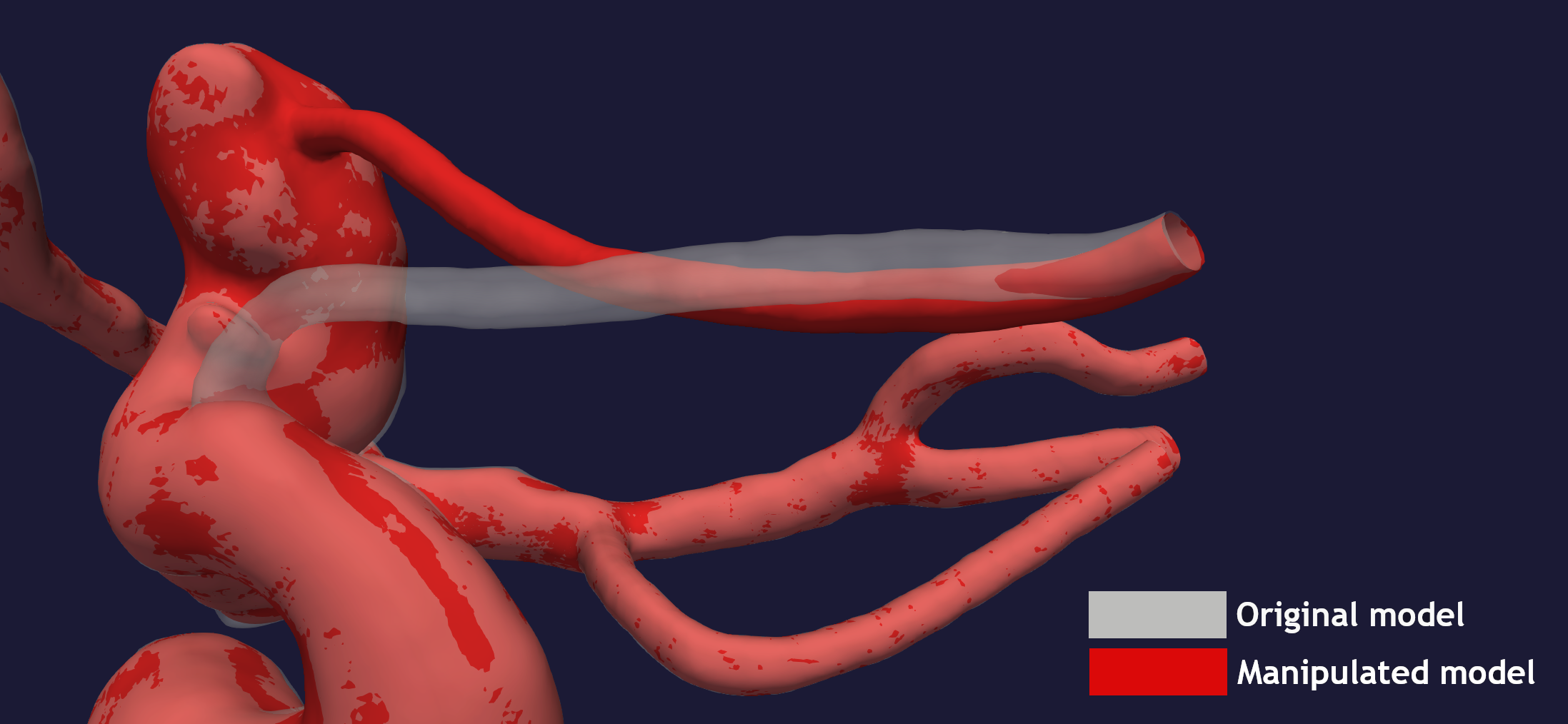
Figure 6: Branch translated and clamped to its endpoint.
To reproduce the surface models as shown in Figure 6, run:
morphman-branch --ifile C0002/surface/model.vtp --ofile C0002/surface/branch_clamped.vtp --clamp-branch True --translation-method commandline --branch-location 27.75 29.75 24.61 --branch-number 1 --poly-ball-size 250 250 250
Finally, in Figure 7 is the result of removing an arbitrary branch.
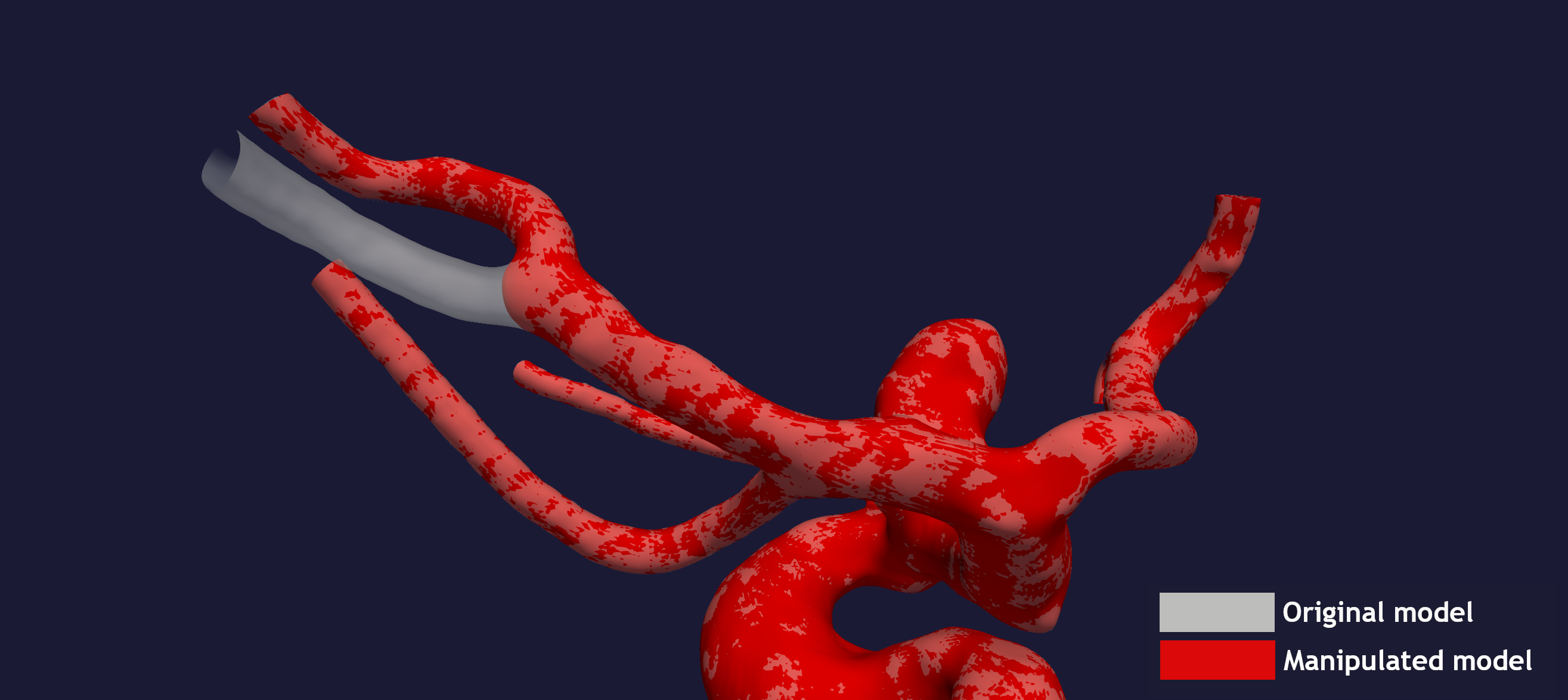
Figure 7: Removal of an arbitrary branch, in this case the fourth major branch away from the inlet.
To reproduce the surface model where a branch has been removed, as shown in Figure 7, run:
morphman-branch --ifile C0002/surface/model.vtp --ofile C0002/surface/removed_branch.vtp --remove-branch True --branch-number 4 --poly-ball-size 250 250 250
For additional information, beyond this tutorial, on the script and
input parameters, please run morphman-branch -h or confer with
the manipulate_branch().